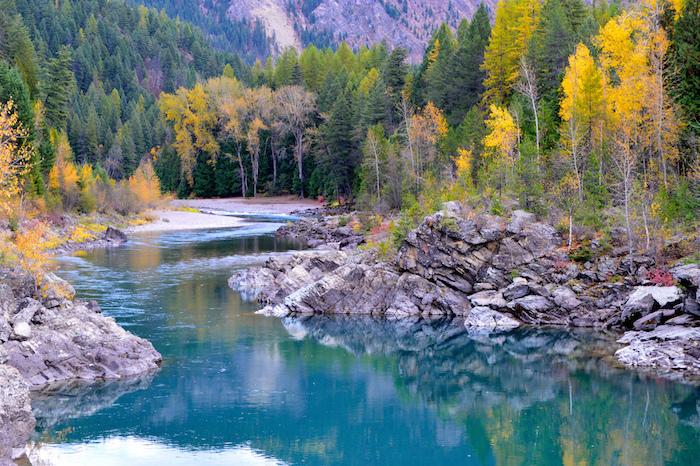
Although most of Glacier National Park is managed as "wilderness," not one acre officially carries that designation/NPS
Will the National Park Service soon be pushing for more wilderness designations? That's difficult to say, in large part because only Congress can designate wilderness. Still, there's an effort under way by the Park Service to take a look at wilderness possibilities across the park system.
Six Park Service staff have been selected to work with staff from the U.S. Fish and Wildlife Service, Bureau of Land Management, and U.S. Forest Service to develop an implementation framework for the interagency wilderness 2020 Vision.
The Vision is a five-year strategy identifying priority areas to be addressed throughout the National Wilderness Preservation System. Signed by the agency leads for all four wilderness management agencies and the U.S. Geological Survey during the 2014 National Wilderness Conference, the Vision seeks to sustain momentum and interagency cohesion established during the 50th anniversary of the Wilderness Act and build on it for the next five years.
Three implementation teams will address the key themes from the Vision: Protect, Connect, and Lead. Each team will develop a framework to best implement the goals associated with a theme and make them applicable to wilderness units throughout the country.
Since 1974, U.S. presidents have asked Congress to designate at least 5.7 million acres within the National Park System as official wilderness. The last such designation came in 2014, when Congress designated more than 32,500 acres in Sleeping Bear Dunes National Lakeshore in Michigan as wilderness.
Still, millions more acres in such notable parks as Yellowstone, Glacier, Grand Teton, Big Bend, Great Smoky Mountains, and Cape Hatteras National Seashore have not received this designation, even though the National Park Service has deemed the acres worthy.




 Support Essential Coverage of Essential Places
Support Essential Coverage of Essential Places







Comments
Some of you experts can perhaps clarify this but is it not true that when an area becomes designated wilderness there are federal laws that supersede agency rules such as prohibiting the use of mechanized vehicles, chain saws etc. The Smokies, for instance, is supposed to be managed as wilderness, that is part of their verbage, not mine. Of course the NPS doesn't follow those rules in the area that is supposed to be managed as wilderness so how will this change anything.
Perhaps this will help, Smokies:
http://www.georgewright.org/283buono.pdf
The smokies has never been designated as wilderness by congress, so it is technically not protected as such. This means, that many things could still happen in it without the approval of congress. Technically roads could still be built, or overlooks created.. It's not even a wilderness study area. There are however, many areas outside of the Smokies in the National Forest areas where wilderness is applied, and so they follow the rules legislated in the wilderness act where no chainsaws, or motorized vehicles are allowed. In my opinion, after visiting numerous wilderness areas in both USFS, BLM, and NPS, the NPS lands that have wilderness are the gold standard, because they also protect the wildlife from extraction. If you want to see portions the Smokies become wilderness, then perhaps we share a common wish, but I think its' a real challenge, because every time that drum is beat, republican senators out of NC flip their lids. So, the NPS is not to blame in this case. There are quite a few parks, like Yellowstone and Glacier that also don't have wilderness applied to them. While there are others like Olympic, Mt Rainer, North Cascades (the best of the gold standard), Congaree, Shenandoah, Everglades, Rocky Mountain, Sequoia, and Yosemite that have a large portion of the park designated not only as a National Park, but also a wilderness.
The NPS manages the Smokies as wilderness in spots, but it's not official wilderness, and until it is they can make the decision to cut a massive blown down with chainsaws. Don't blame the NPS for this, blame congress, and senators in NC that keep the Smokies from becoming wilderness. That's where your anger should be applied, because the NPS does a mostly excellent job protecting wilderness areas in their jurisdiction.